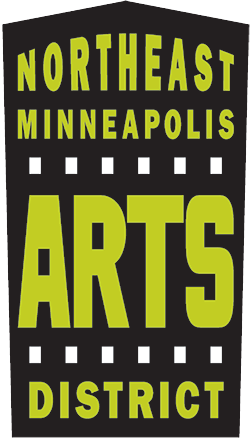Over the past eight years Northeast Minneapolis Arts District (AD) board members have visited other arts communities and arts districts to compare and contrast as well as learn about how they operate and organize themselves. Others visit us here; the most recent from Eugene, Ore. We ask about what is working for them and what are their challenges.
In a recent exchange I was in Kansas City in the Crossroads Arts District. I have been going there occasionally for more than 20 years talking with different gallery owners and artists. My final gallery stop this visit was Sherry Leedy Contemporary Art. Leedy is a long time gallerist who represents many international ceramic and photography artists including Minnesotan Judy Onofrio.
Leedy asked questions about our arts district and then told me that an outside group had put together a proposal to put a new baseball stadium in the Crossroads Arts District. The stadium group proposal was put to community vote and was shot down by a large margin, happily surprising Leedy and her staff. I relayed how we had a similar issue 30 years ago; the stadium won, and that experience was a spark that led to the development of our arts district.
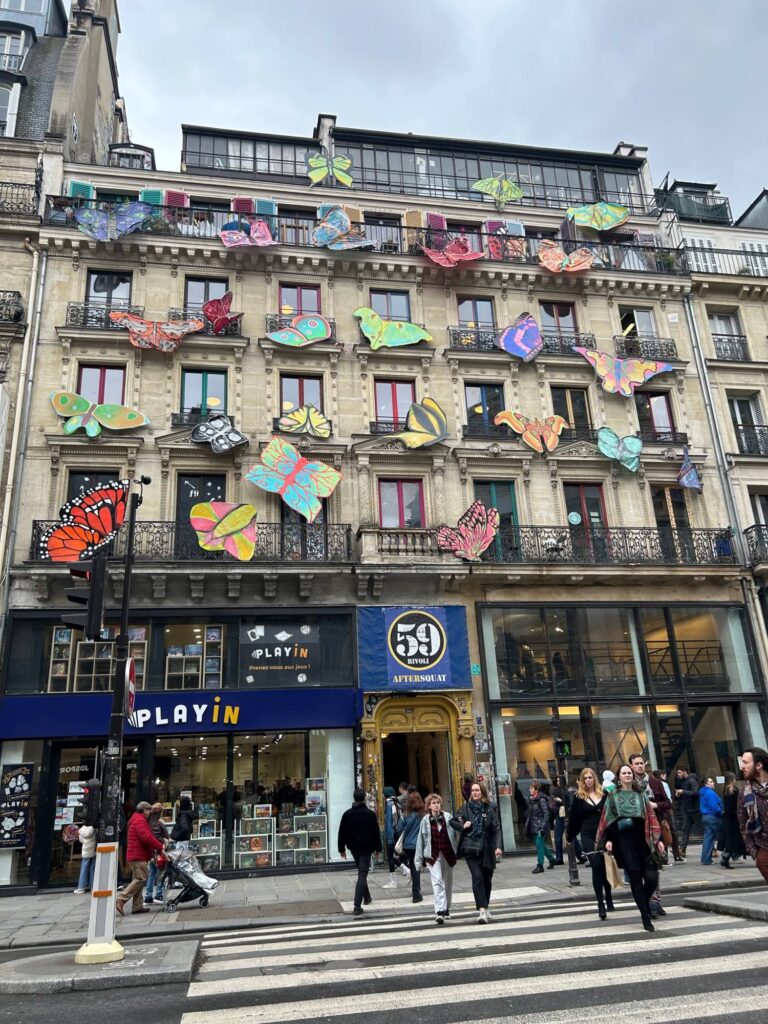
Things we have learned so far
We see in many ways arts districts have similar challenges. Artists are excited to have their own designated space. It takes a lot of coordination and relationship building to maintain an arts district, as the most common narrative cited is that arts communities get pushed out after making an area desirable.
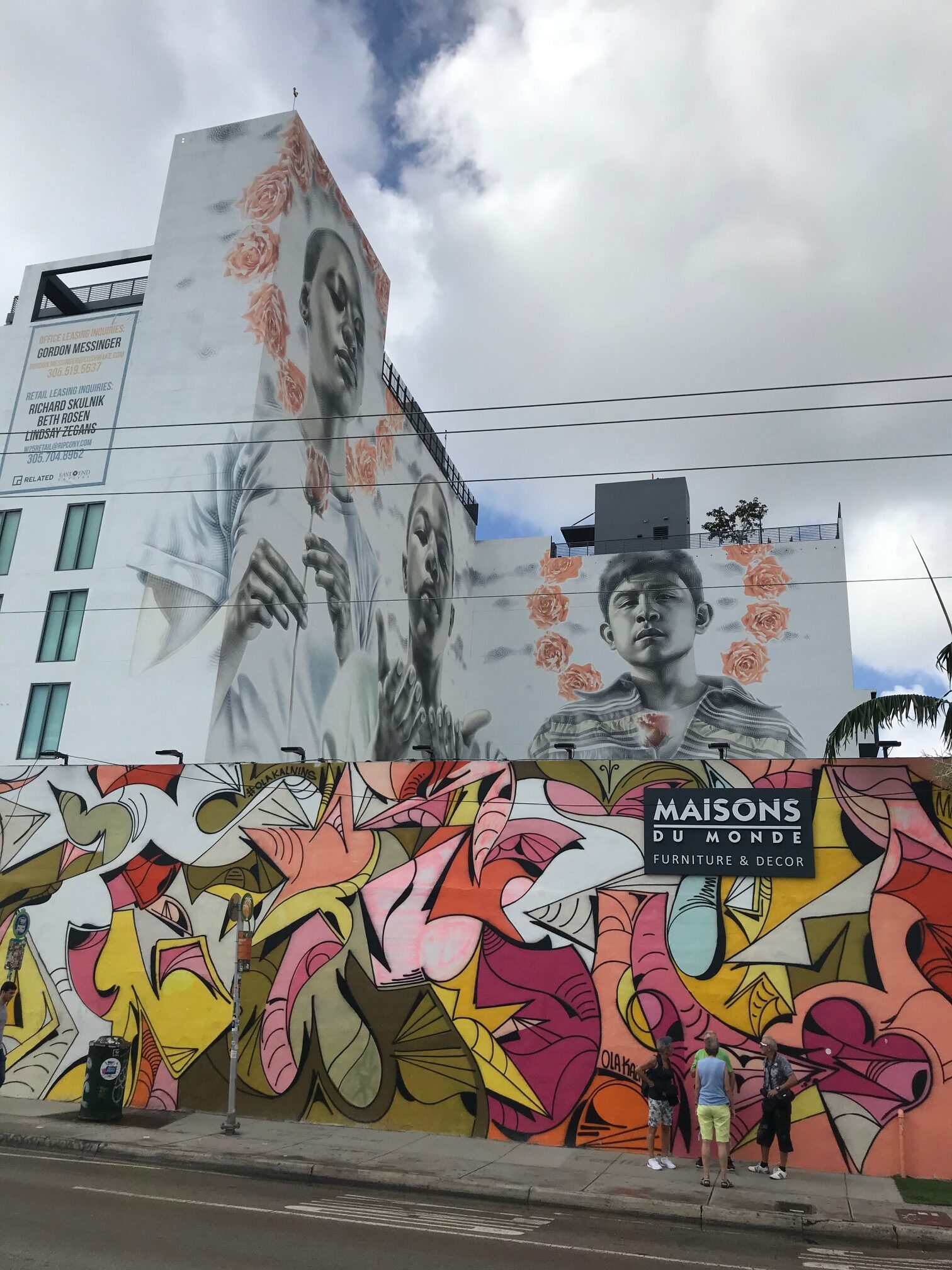
Developers and government groups are always part of the equation and are necessary as part of most discussions and decision making. Almost always they are at the forefront of tension, misunderstanding and mischief, too. Developers, government officials and artists make assumptions about each other. Artists may see governments and developers as bullies, failing to ask the right questions and favoring quick, un-creative, “cookie cutter” buildings, but assume they could solve these problems with a flick of a pen if only they wanted to. Developers may see artists as unstable, easy to push over on the way to “highest and best use,” and old buildings problematic because “the money doesn’t work.”
Artists are long term thinkers. Like any business or homeowner, they don’t have plans to leave unless there is a new opportunity that gives them a need or want to leave, or they are forced out by economic issues. Artists like to create a sense of place and relationships both professional and personal. With developers and politicians, relationships are important but tend to be more short-term results-oriented as they have loans or re-elections to consider. They need to see progress fast and want to point to success. Arts communities tend to be caught off-guard by these groups. We shouldn’t be, as there is a long history of artists being displaced.
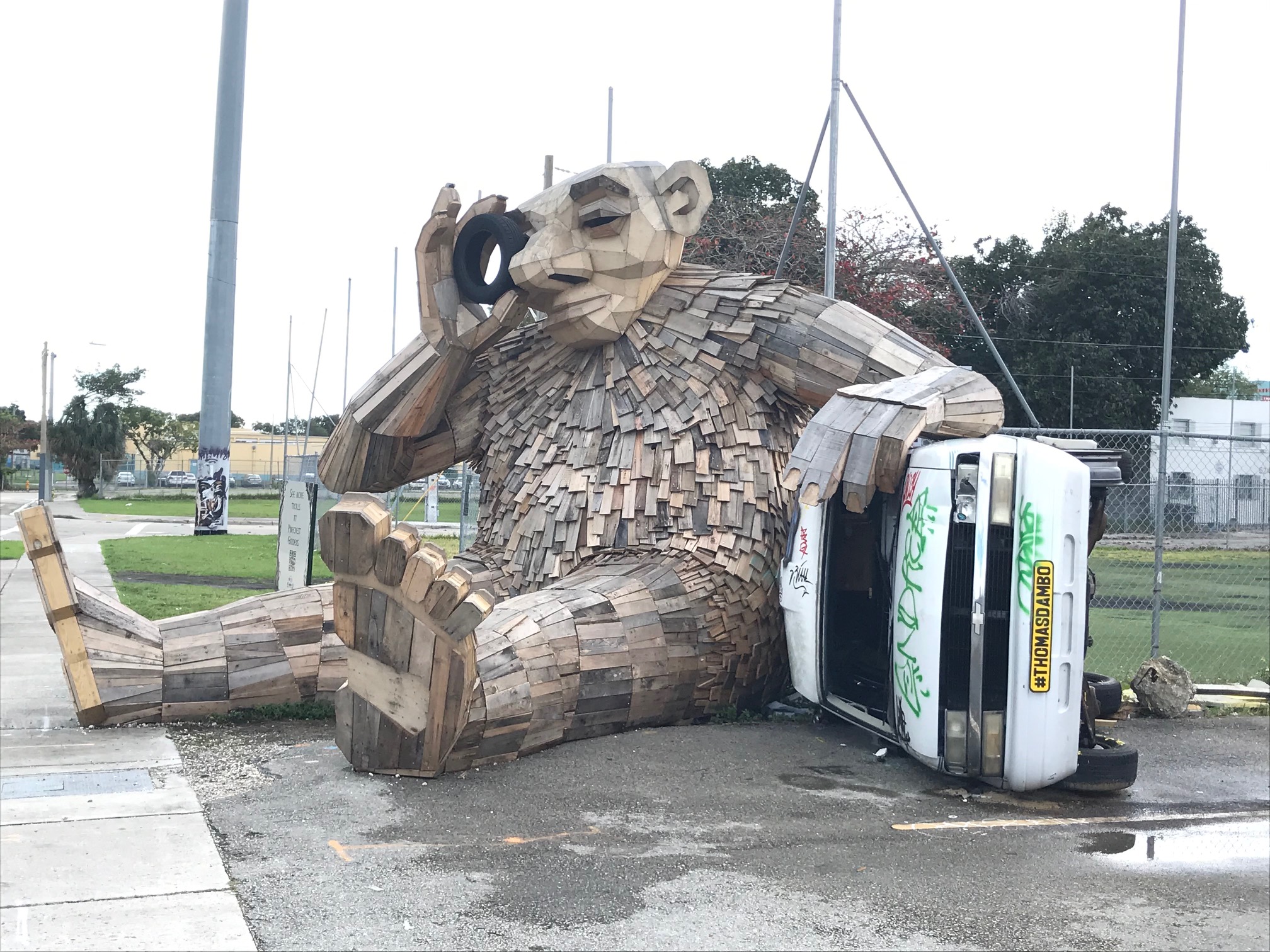
Artists, developers and government speak different languages when it comes to collaborating. Business and government tend to speak in terms of data and results. Almost everyone says they love art but to engage with arts communities seems a tricky balance. Politicians have multiple concerns and constituents’ emotions, too. Businesses need bankers, who speak yet another language.
How do we try to bridge this gap of understanding? In each successful arts community there seem to be one or more “interpreters” who can bridge these languages. In our arts district we have 17 arts buildings with 11 owners who are arts centric and champions of the arts in various degrees. They work with artists to make sure their spaces have the basics of electricity, water and good lighting. There’s an understanding that artisans are small businesses and entrepreneurs with some ups and downs.
Other districts have been at the mercy of distant corporations with no leeway, ruthless leases that don’t allow for flexibility or landlord-tenant partnerships. We hope as we have more discussions and visit with other art districts we will continue to learn better collaboration, leading to success for all involved. We always share our experiences and ideas and we have seen they are more than willing to do the same. We all want to work with developers and government groups with more clear communication, developing better listening skills and relationship building, the best building blocks for all concerned.
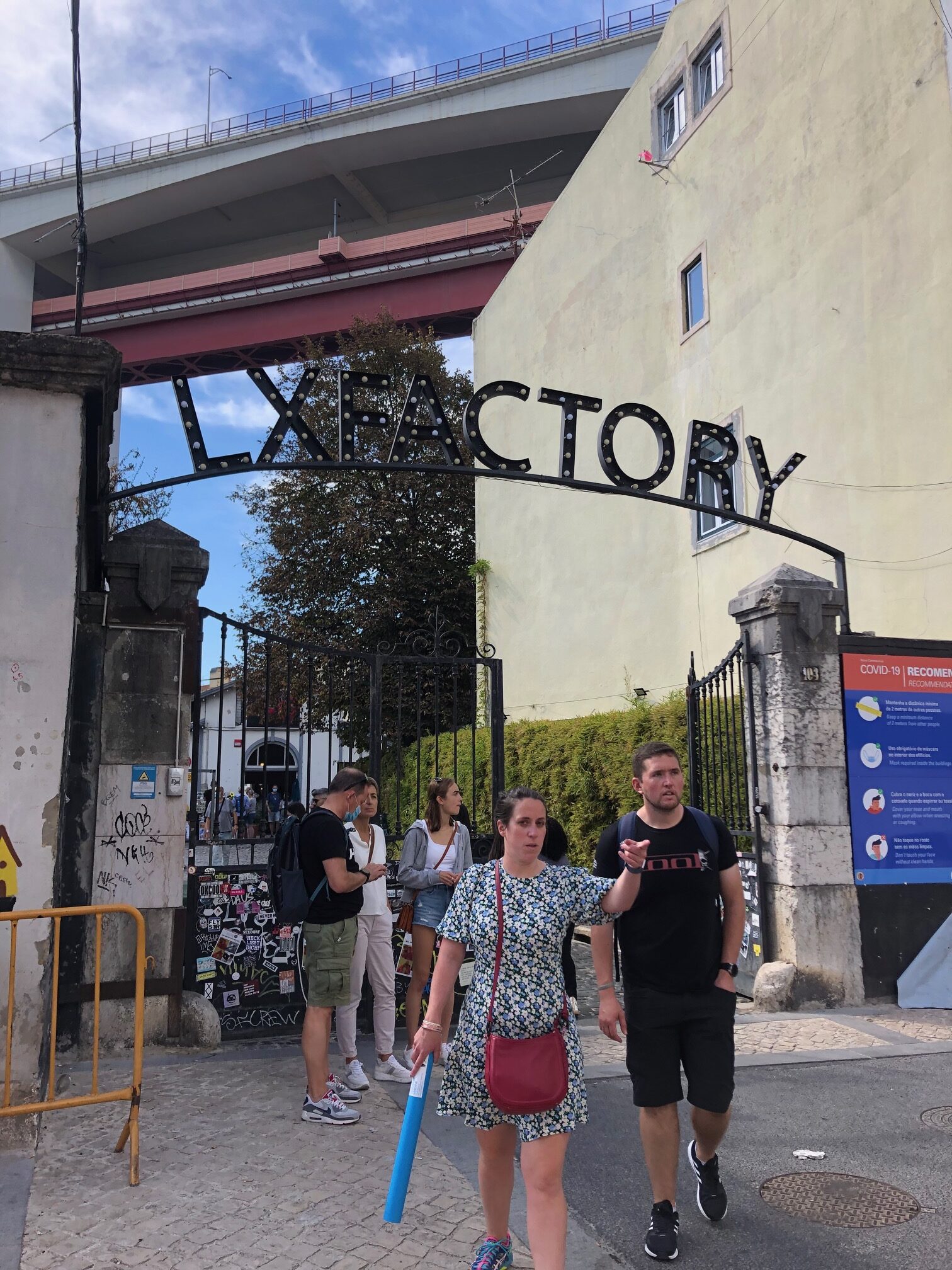
These are the cities we have engaged with so far:
Kansas City Crossroads Arts District; Santa Cruz, California, Winwood in Miami, Lisbon, Portugal LX Factory, Denver RiNo Arts District, Santa Fe Arts District, Knoxville Arts District, Chicago – multiple arts communities, New York City Museum Mile, Paris 59 Rivoli, Savannah Georgia and South Carolina Arts District, New Orleans Arts District.
Article by Josh Blanc
